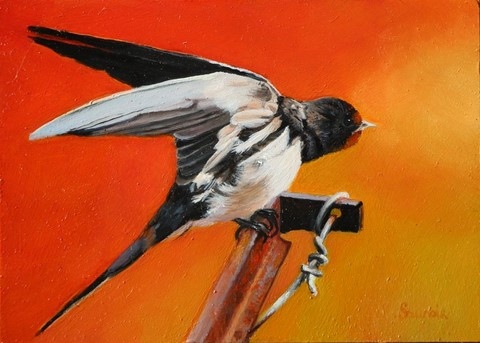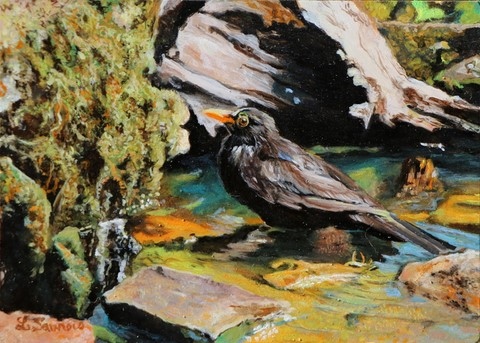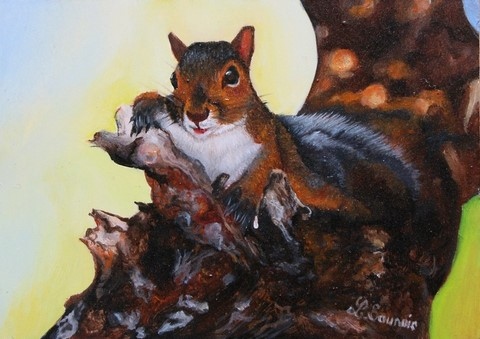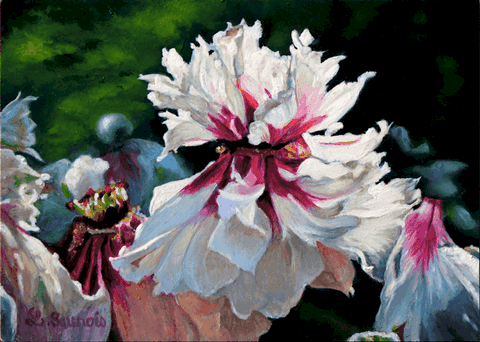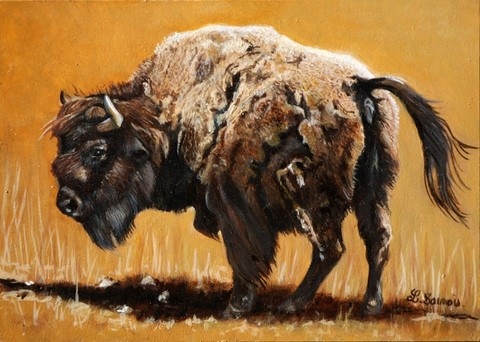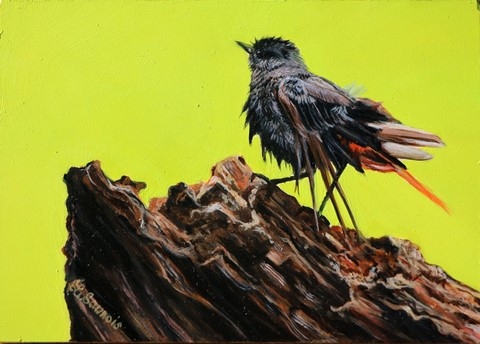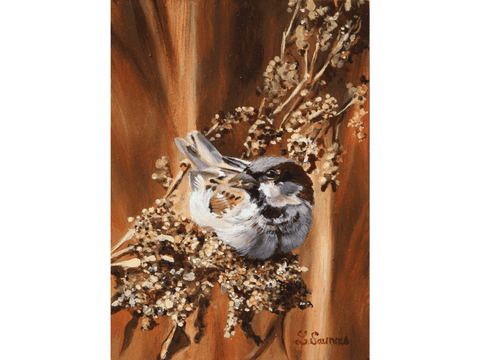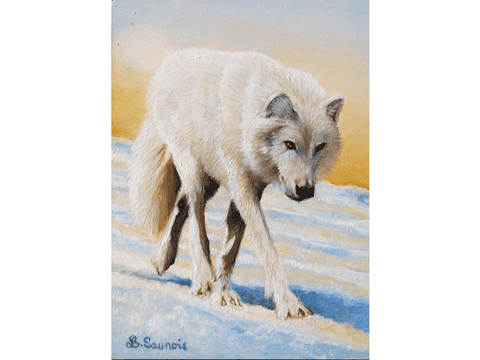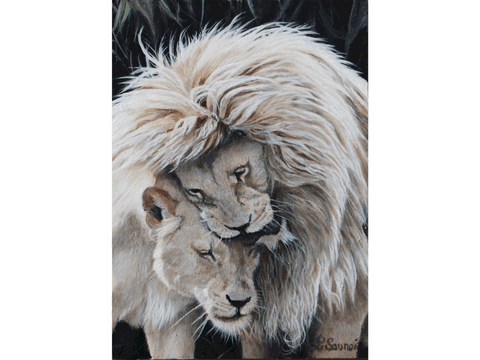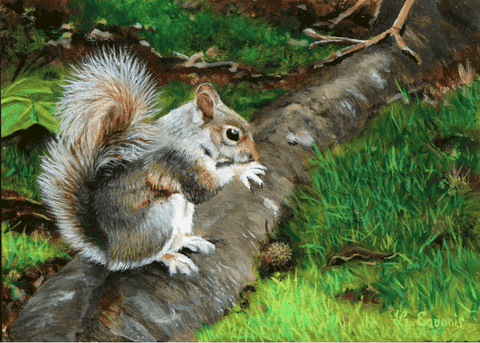Original miniature paintingsby Laurence Saunois, Artist
To learn more about miniature painting
What is a Miniature painting ? :
Today, a miniature painting is a painting whose dimensions do not exceed 10 cm x 15 cm. They are often much smaller. The art of miniature painting goes back far in history. Originally, artists made miniature portraits for their patrons to wear. Miniature paintings have endured even after the advent of photography. It is a particular pictorial technique that requires a lot of meticulousness. Often done nowadays on smooth surfaces such as paper or panels specially primed for the occasion, miniature painting was in past centuries, often done on ivory or copper.
Today, a miniature painting is a painting whose dimensions do not exceed 10 cm x 15 cm. They are often much smaller. The art of miniature painting goes back far in history. Originally, artists made miniature portraits for their patrons to wear. Miniature paintings have endured even after the advent of photography. It is a particular pictorial technique that requires a lot of meticulousness. Often done nowadays on smooth surfaces such as paper or panels specially primed for the occasion, miniature painting was in past centuries, often done on ivory or copper.
Where does the word "Miniature" come from? :
The word miniature comes from the Latin miniare which means to write with minium. This art form owes its name to minium, a lead oxide used as a reddish-orange pigment to trace the letters on illuminated manuscripts. In the Middle Ages, the calligrapher who used this oxide was called miniator, in Latin. When this practice developed with the use of gold and silver pigments, this art became that of illumination. The miniator became an illuminator. (source WIKIPEDIA )
The word miniature comes from the Latin miniare which means to write with minium. This art form owes its name to minium, a lead oxide used as a reddish-orange pigment to trace the letters on illuminated manuscripts. In the Middle Ages, the calligrapher who used this oxide was called miniator, in Latin. When this practice developed with the use of gold and silver pigments, this art became that of illumination. The miniator became an illuminator. (source WIKIPEDIA )



